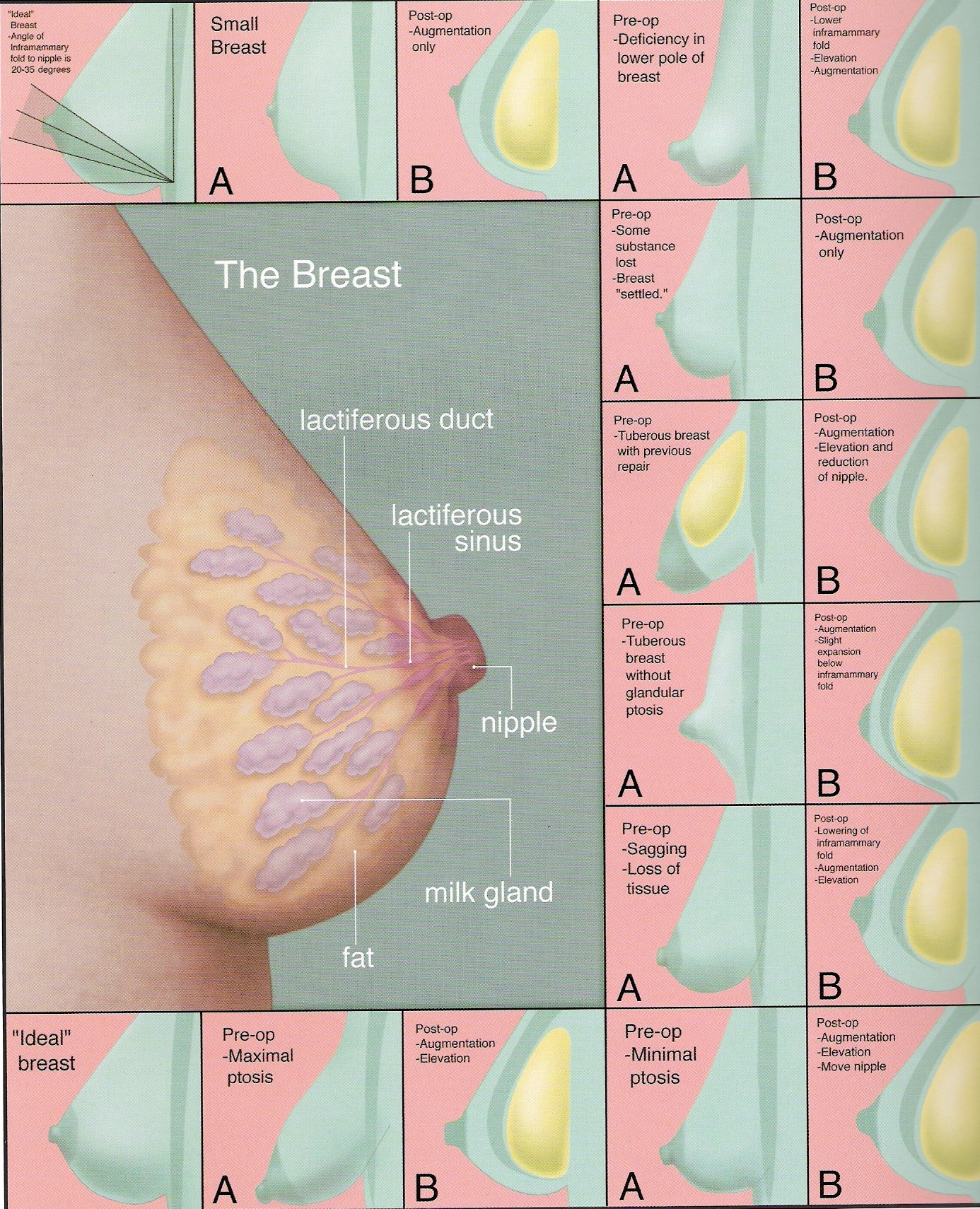|
If human breast milk came stamped with an ingredients label, it might read something like this: 4 percent fat, vitamins A, C, E and K, lactose, essential minerals, growth hormones, proteins, enzymes and antibodies. In a healthy woman, it contains 100 percent of virtually everything a baby needs to survive, plus a solid hedge of extras to help ward off a lifetime of diseases like diabetes and cancer. Breast milk helps disarm salmonella and E. coli. Its unique recipe of fatty acids boosts brain growth and results in babies with higher I.Q.'s than their formula-slurping counterparts. Nursing babies suffer from fewer infections, hospitalizations and cases of sudden infant death syndrome. For the mother, too, breast-feeding and its delicate plumbing of hormones afford protection against breast and ovarian cancers and stress. Despite exhaustion, the in-laws and dirty laundry, every time we nurse our babies, the love hormone oxytocin courses out of our pituitaries like a warm bath. Human milk is like ice cream, Valium and Ecstasy all wrapped up in two pretty packages.
But read down the label, and the fine print, at least for some women, sounds considerably less appetizing: DDT (the banned but stubbornly persistent pesticide famous for nearly wiping out the bald eagle), PCB's, dioxin, trichloroethylene, perchlorate, mercury, lead, benzene, arsenic. When we nurse our babies, we feed them not only the fats, sugars and proteins that fire their immune systems, metabolisms and cerebral synapses. We also feed them, albeit in minuscule amounts, paint thinners, dry-cleaning fluids, wood preservatives, toilet deodorizers, cosmetic additives, gasoline byproducts, rocket fuel, termite poisons, fungicides and flame retardants.
If, as Cicero said, your face tells the story of your mind, your breast milk tells the decades-old story of your diet, your neighborhood and, increasingly, your household decor. Your old shag-carpet padding? It's there. That cool blue paint in your pantry? There. The chemical cloud your landlord used to kill cockroaches? There. Ditto, the mercury in last week's sushi, the benzene from your gas station, the preservative parabens from your face cream, the chromium from your neighborhood smokestack. One property of breast milk is that its high-fat and -protein content attracts heavy metals and other contaminants. Most of these chemicals are found in microscopic amounts, but if human milk were sold at the local Piggly Wiggly, some stock would exceed federal food-safety levels for DDT residues and PCB's.
Some of the chemicals I'm mainlining to my 1-year-old daughter will stay in her body long enough for her to pass them on to her own offspring. PCB's, for example, can remain in human tissue for decades. On a body-weight basis, the dietary doses my baby gets are much higher than the doses I get. This is not only because she is smaller, but also because her food -- my milk -- contains more concentrated contaminants than my food. It's the law of the food chain, and it's called biomagnification.
To refresh that lesson from seventh grade, here's how it works: Animals at the top of the food chain receive the concentrated energy and persistent chemicals of all the biota underneath them. Each member up the food chain takes in exponentially more fat-loving toxins than its counterpart below. This is why a slab of shark contains more mercury than its weight in plankton. Ocean food chains are longer than terrestrial ones, so people who eat many marine carnivores carry higher body concentrations of some chemicals than the vegan at your local salad bar. When it comes to these fat-soluble toxins, the Inuit are among the most contaminated populations on earth, even though they live in the remote Arctic. But don't picture Eskimo Woman in sealskin on the top of the food chain. Picture her suckling baby.
For a mother and child, nursing is perhaps the most intimate of acts. Evolutionary biologists call it matrotropy: eating one's mother. My daughter is not only physically attached to me; she is taking from me all that I can give her. Each time I lift my shirt, she pants and flaps her arms and legs as if it were Christmas. Then she settles in, both of us wholly reassured that this is the best, safest and most satisfying food she could eat. I nurse because, like many women, this is what I've been told by contemporary pregnancy books and my pediatrician. I want to give her the best possible start in an uncertain world.
-- Florence Williams

illustration by Phoebe Gloeckner
|